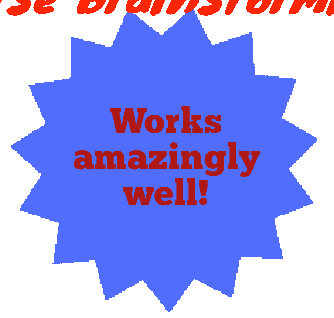6.W.6.1
6.W.6.2a
6.W.6.2b
6.RV.2.3
The Big Ideas:
Writing conventions
Capitalization
- Punctuation
“I Can" Statemens:
I can identify pronouns within the context of writing. I can capitalize words correctly in writing.
I can punctuate sentences correctly.
I can tell the difference between connotation and denotation within the context of writing and literature.
7.W.3.2
7.W.4
The Big Ideas:
Autobiography
Biography
“I Can" Statemens:
I can write effective interview questions.
I can conduct an interview and write a biography based on the information I gather.
I can distinguish the differences between first and third person points of view.
8.W.3.2
8.W.4
8.W.6.1a
The Big Ideas:
Autobiography
Biography
Pronouns
“I Can" Statemens:
I can write interview questions and conduct an interview.
I can compile research to create a biography.
I can distinguish the differences between first and third person points of view









